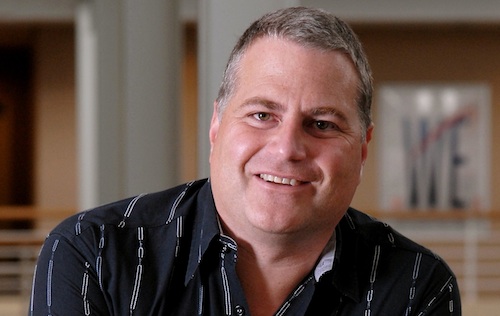
Could Naspers become SA’s newest telecommunications operator? It is looking increasingly likely that the Cape Town-based media giant will commit the billions of rand necessary to do just that.
Its Internet service provider subsidiary, MWeb, is eager to get access to radio frequency spectrum that will allow it to build a national wireless broadband network. It wants to use next-generation mobile technology called long-term evolution (LTE) to build the network. And it’s even talking about the possibility of extending its uncapped fixed-line products to the mobile sphere.
LTE is the successor technology to the third-generation mobile networks used today by Vodacom, MTN, Cell C and 8ta and is capable of speeds far in excess of what’s available on copper-based fixed-line broadband today. Vodacom and MTN are both running LTE trials, but haven’t yet begun national deployments using the technology.
MWeb CEO Rudi Jansen says the company has developed a comprehensive plan that it could present to the Naspers board soon. If approved — and the idea enjoys continual discussion in the management corridors at Naspers — it would result in MWeb building a national network at a cost of billions of rand.
The proposal may be presented soon given that government and industry regulator, the Independent Communications Authority of SA (Icasa), are moving ahead with plans to sell access — probably through some sort of auction — to the highly sought-after 2,6GHz radio frequency band. The band is regarded as ideally suited for building LTE networks, especially in urban areas.
In a development that could give a significant boost to MWeb’s chances of getting access to the spectrum, Robert Nkuna, special adviser to communications minister Roy Padayachie, said last week that government is keen to use the spectrum to introduce new operators in the market to foster greater competition with incumbent mobile players.
Another development that could help foster competition is talk in government that Sentech may be given access to spectrum in the 800MHz band to provide wireless broadband services in rural areas and that, in turn, it may be forced to give up the 50MHz allocation it has at 2,6GHz. If this happens, it will allow Icasa to license more operators in the latter band, helping to foster greater competition.
Jansen says MWeb is “very keen” to become a fully fledged telecommunications operator and the 2,6GHz band would allow it to provide services directly to consumers without having to rely on other companies’ networks for the “last mile” into homes and businesses.
It’s not the first time MWeb has signalled its interest in spectrum, having run a test network using WiMax technology. WiMax’s fortunes are waning and Jansen says the company’s network would almost certainly be built using LTE.
He says there are a few companies that don’t have access to spectrum — they include MWeb and Dimension Data’s Internet Solutions “and one or two others” — that have the financial and technical ability to “make a big difference”. “We are on version 20 of our plan already,” Jansen says. “We are ready for this.”
However, he cautions that access to the spectrum and the conditions attached to this must not be prohibitive. “If government looks to make a lot of money from the auction, it will just drive up the cost of broadband again.”
MWeb shook up the broadband market 18 months ago when it introduced the country’s first relatively affordable uncapped fixed-line broadband products. Jansen says if MWeb is given sufficient spectrum — he believes a minimum of 30MHz is required — then the company may even be able to extend uncapped products to mobile data.
He admits that if SA’s telecoms infrastructure was better developed, Naspers probably wouldn’t consider investing in its own network. But, he says, “it’s something Naspers has to do to move things along”. — Duncan McLeod, TechCentral
- Subscribe to our free daily newsletter
- Follow us on Twitter or on Facebook




